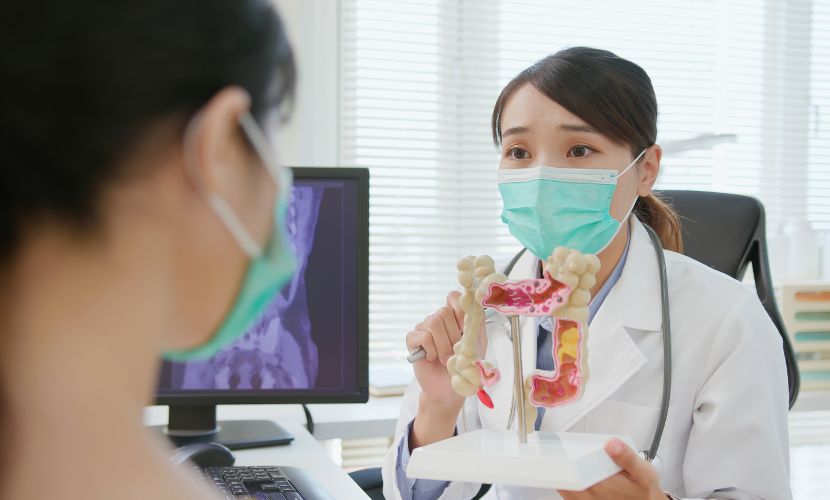
Overview
The way we approach healthcare has undergone a paradigm shift in recent years. Conventional models frequently overlooked preventive interventions in favor of treating illnesses after they had already occurred. Still, a revolution in health care is under way, emphasizing prevention as the foundation of health. By treating underlying causes and encouraging better lives, this revolution seeks to improve quality of life in addition to lengthening life expectancy. This essay will examine the idea of preventive healthcare, its importance, and the revolutionary effects it can have on people’s lives and societies.
Comprehending Preventive Healthcare
The term “preventive healthcare” refers to actions done to avoid illnesses or injuries rather than treating them after they have happened. Proactive interventions including immunizations, screenings, lifestyle changes, and health education are part of it. The goal of preventive healthcare is to lessen the burden of disease and enhance general health outcomes by identifying risk factors and putting strategies in place to mitigate them.
Different Forms of Prevention
Three levels are commonly used to categorize preventive healthcare:
Primary Prevention:
The goal of primary prevention is to stop illnesses or injuries before they start. This include preventative measures including vaccinations, health education, and lifestyle adjustments meant to lessen risk factors like smoking, eating poorly, and being inactive.
Secondary Prevention:
To stop or reduce the progression of diseases in their early stages, secondary prevention entails early detection and intervention. Secondary preventive measures include screening procedures like mammograms for breast cancer and blood pressure checks for hypertension.
The goal of tertiary prevention is to control and minimize the effects of illnesses or injuries that have already manifested. It focuses on supportive treatments, disease management plans, and rehabilitation to stop complications and enhance quality of life for individuals who are already ill.
The Importance of Avoidance
For various reasons, preventive healthcare is essential to advancing both community and individual health.
Cost Savings:
By lowering the need for pricey medical procedures and hospital stays, investing in preventative measures can result in significant cost savings. Preventive healthcare lessens the financial burden of chronic diseases by addressing risk factors at an early stage.
Better Quality of Life:
By preventing disease or disability, people can live longer, more fulfilled lives free from the constraints of health issues or disabilities. Preventive healthcare improves overall quality of life by encouraging healthy behaviors and early identification.
Longevity:
Preventive healthcare can prolong life and encourage good aging by treating risk factors and delaying the onset of diseases. People in good health are better able to live active, independent retirement years.
Population Health:
Individuals and entire communities gain from a prevention-focused approach. Preventive healthcare improves population health outcomes and lowers healthcare inequities by lowering the prevalence of diseases and encouraging healthier lifestyles.
The Function of Technology
Technological developments have been essential to the advancement of preventative healthcare programs. People may now monitor their health, obtain medical information, and adopt preventive habits more easily thanks to technology, which is seen in everything from wearable fitness trackers to telemedicine platforms. Furthermore, healthcare providers can more successfully identify at-risk populations and customize interventions to meet individual requirements thanks to data analytics and predictive modeling.
Possibilities and Difficulties
Preventive healthcare has many advantages, but it also has drawbacks, such as poor financing, restricted access to care, and behavioral obstacles. A comprehensive strategy involving legislators, healthcare professionals, communities, and individuals is needed to address these issues. We can get past these challenges and fully utilize preventive healthcare by making investments in preventative measures, increasing access to preventive services, and fostering health literacy.
In summary
The current health revolution highlights how crucial prevention is to enhancing health outcomes and changing people’s lives. Through a shift in emphasis from reactive therapy to preventive interventions, we can lower the rate of illness, improve life expectancy, and build healthier communities. Adopting preventative healthcare as the cornerstone of our healthcare system is a sign of our dedication to boosting everyone’s health and well-being as well as a wise investment in the future. A world where everyone has the chance to live a long, healthy, and full life is becoming closer to reality as we continue to progress in our understanding of and application of preventive measures.



















